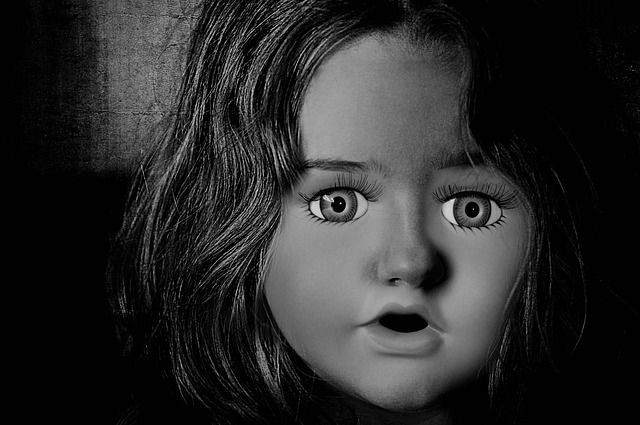This Is Your Brain On (Secondhand) Fear: Witnessing Panic In Others Leads To Traumatic Stress, Changes Prefrontal Cortex

Many of us vividly remember where we were the day of the September 11 attacks. The nation experienced collective trauma, including those at or near "Ground Zero," as well as those who witnessed the attacks through media coverage. Now, researchers at Virginia Tech Research Institute suggest witnessing a state of fear in others could physically change our brain.
"Negative emotional experience leaves a trace in the brain, which makes us more vulnerable," said Alexei Morozov, lead author of the study, and an assistant professor at the Virginia Tech Carilion Research Institute, in a statement.
Read: How Terror Attacks Influence Mental Health
The traumatic stress from dangerous events could be a risk factor for mental disorders, like post-traumatic stress disorder (PTSD). It's natural to feel afraid during and after a traumatic situation, as fear triggers a "fight-or-flight" response meant to protect a person from harm, according to the National Institutes of Health. However, there are those who continue to experience problems weeks after a shocking or scary event.
Morozov explains that PTSD doesn't stop at direct victims of illness, injury, or a terrorist attack; it can affect their loved ones, caregivers, even bystanders — the people who witness or learn about others' suffering.
"There's evidence that children who watched media coverage of the Sept. 11 terrorist attacks are more likely to develop PTSD later in life when subjected to another adverse event," he said.
The study, published in Neuropsychopharmacology, used mice to explore whether the prefrontal cortex, the part of the brain responsible for empathizing and understanding the mental state of others, leads to physical changes after witnessing a stressful event in another mouse. Lei Liu, a postdoctoral researcher in the lab, measured transmission through inhibitory synapses that regulate strength of the signals arriving in the prefrontal cortex in various parts of the brain. The measures suggest witnessing fear physically redistributes the flow of information, which is achieved via stress, through social cues, such as body language, sound, and smell.
Morozov admits it's not yet clear exactly how the circuits have altered, only that they have indeed changed. He does believe once the researchers understand the mechanism of the change in those who experience secondhand fear, they could potentially determine how PTSD is caused.
We do understand how powerful the impact of fear is on the human brain when we experience fear firsthand. The cortex, which is responsible for risk assessment and action, ceases to function when we panic. In other words, logical thinking is replaced by overwhelming emotions, which favor short-term solutions and sudden reactions.
Read: The Fear Pathway And Why A Human Scream Immediately Activates It
A 2013 study presented at the British Neuroscience Association found the way we process fear is different dependent on when we see fearful images in relation to our heart. Researchers found if we see a fearful face during systole (when the heart is pumping), we judge this fearful face as more intense than if we see the very same fearful face during diastole (when the heart is relaxed). Furthermore, an MRI scan showed the amygdala — the integrative center for emotions, emotional behavior and motivation — influenced how the heart changed the perception of fear.
Understanding the mind-body connection helps explain how we view fear, and what it does to our physical and mental health.
Source: Liu L, Ito W, and Morozov A. GABAb Receptor Mediates Opposing Adaptations of GABA Release From Two Types of Prefrontal Interneurons After Observational Fear. Neuropsychopharmacology. 2017.
See Also:



























